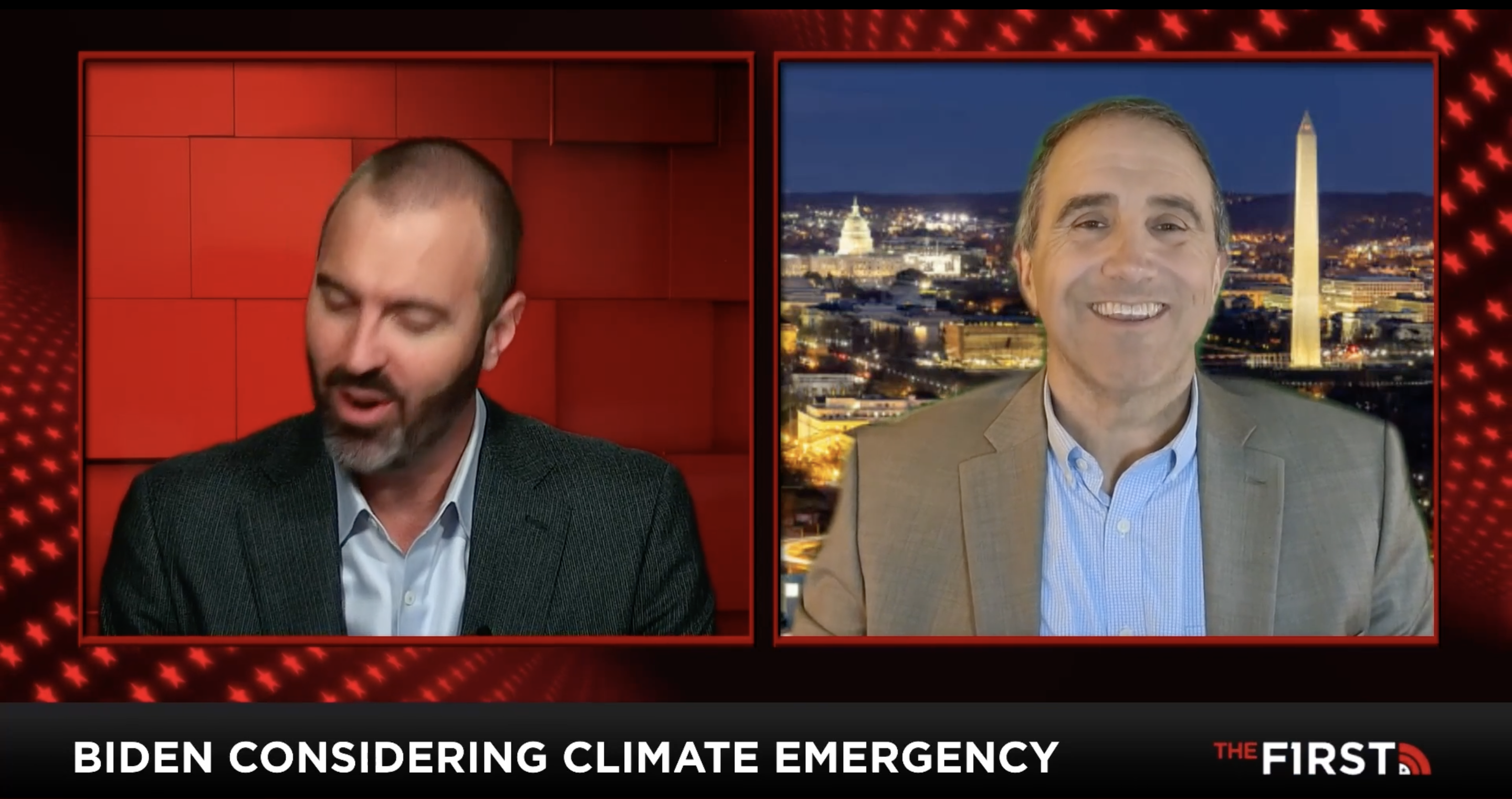During Monday’s Amanpour & Company on PBS (and CNN International), host Christiane Amanpour spent much of her show discussing the issue of climate change allegedly caused by global warming, and at one point negatively characterized word that there has been an increase in global warming skepticism in other countries as she asked her guest if it meant things are “getting worse” in terms of convincing people action needs to be taken.
She also spent time discussing recent flooding in Venice, and listed several other extreme weather events that she connected to what she called a “climate crisis.”
Amanpour introduced her second guest, Professor Katharine Hayhoe of Texas Tech University, describing her as someone who is “devoted to exposing diverse and often skeptical audiences to the cataclysmic climate changes happening right before our eyes.”
The CNNi and PBS host began by alluding to her previous guest who discussed the flooding in Venice, and then suggested that there is little skepticism on the global warming issue in other countries besides the U.S.:
From your perspective, I just want to — because in America, it seems, unlike in Europe, that it’s much more a sort of public consciousness thing. It’s much more you’ve got to convince people to then convince their governments because, you know, you have the only, I think, the only official climate skeptic party in the Western democratic world happening to now be in, you know, presidential office.
Professor Hayhoe corrected Amanpour as the environmental activist lamented (click “expand”):
Well, sadly, rejection of climate science is no longer unique to the United States. We are seeing that around the world. But the party that is currently in power is one that specifically says climate is not changing due to human activities when it is. We care about climate change because it’s a threat multiplier. So any disaster, including what’s happening in Venice right now, is a function of three things — exposure, vulnerability, and then the climate or weather hazard.
And Venice really is the perfect storm, but we’re seeing plenty of perfect storms here in North America as well. Houston, the Midwestern U.S., they all have that combination of exposure, vulnerability, and then climate change is supersizing and amplifying what used to be entirely natural disasters, making them stronger and more frequent than they have been in the past.
As Amanpour followed up by asking her guest to clarify the sentiments on the issue in other countries. the PBS hosted suggested that an increase in skeptics would equate to matters “getting worse.” Here’s Amanpour:
So also the fires, I mean, you’ve seen these terrible fires that came so close to residences in the urban parts of Los Angeles recently. And we’ve seen over several years the terrible devastation by the fires. But when you say that climate science disbelief — in other words, people who believe it’s all a hoax — is not unique to the United States. Are you saying it’s getting worse or it’s always been something that’s been around? Are people becoming more aware of human, you know, responsibility or less aware around the world?
Professor Hayhoe responded by claiming that no one disagrees with the science — referring to that promoted by the alarmists — but that there are only differences of opinion about how governments should respond.
However, in his book, The Politically Incorrect Guide to Climate Change, conservative author Marc Morano — a former MRC employee from years past — cited evidence that the intensity of extreme weather events like hurricanes and tornadoes have trended toward being more mild if one looked at the last 150 years — the opposite of what global warming alarmists have predicted.
Earlier in the show, she spoke with Henk Ovik, special envoy for Dutch International Water Affairs, and discussed the issue of the flooding in Venice, with Amanpour calling it part of the “climate crisis.” Here was Amanpour (click “expand”):
Venice is a network of islands, its watery thoroughfares the stuff of legend. But never in 50 years has it seen a catastrophe like this. Historic storm waters have deluged the centuries-old city. Three times in a single week, six-foot tides are engulfing 85 percent of Venice’s streets and buildings, including the iconic ninth-century St. Mark’s Basilica.



